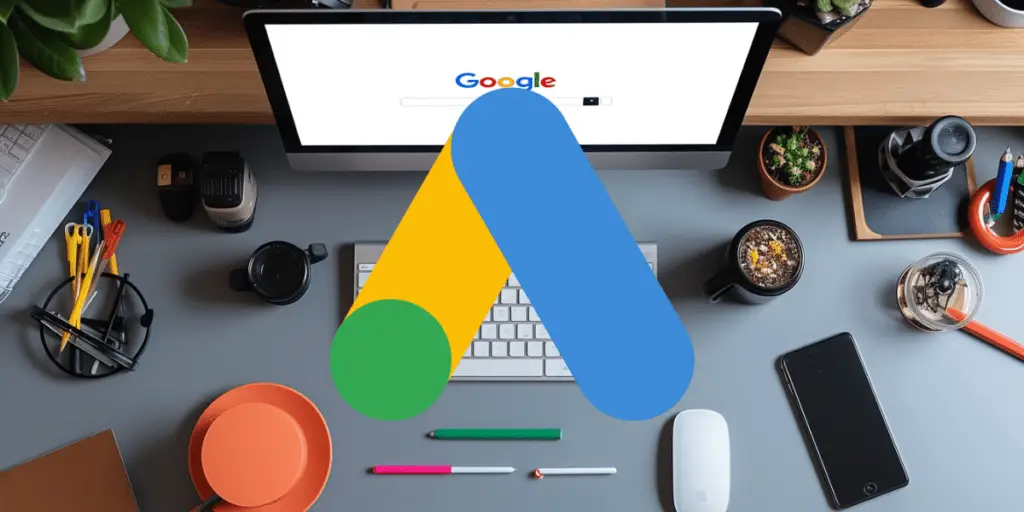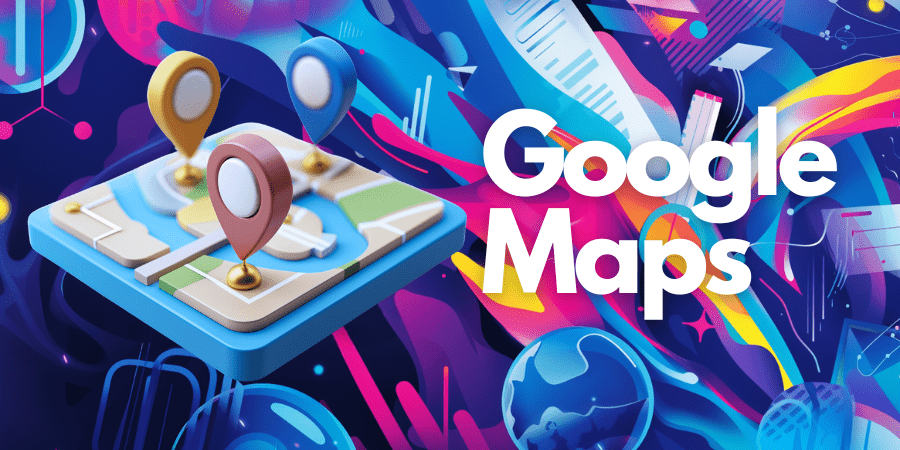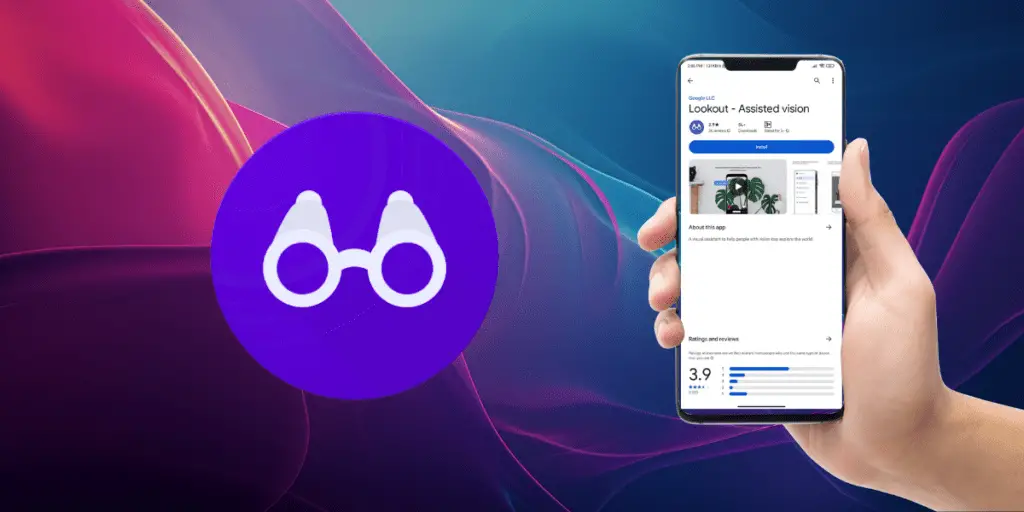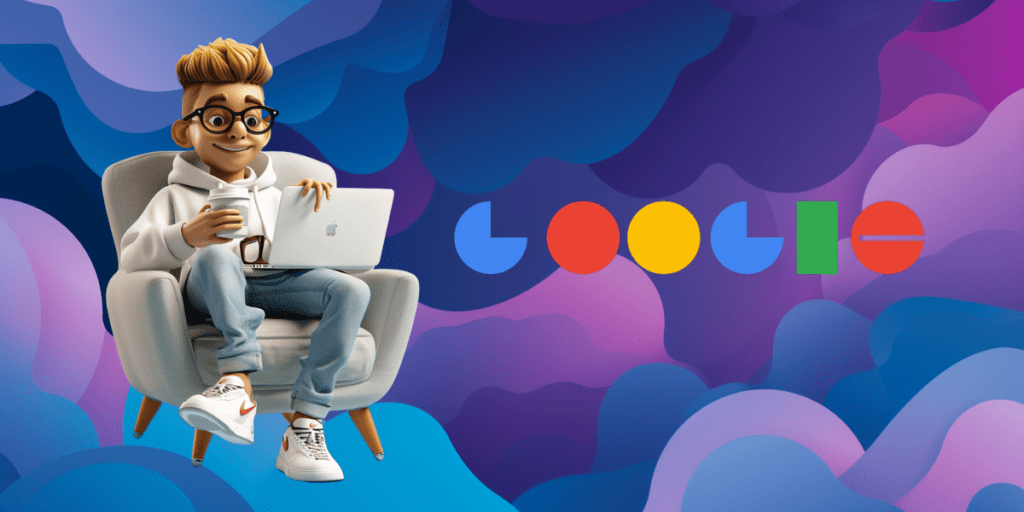Google has announced a series of innovative Google Accessibility Features across its suite of products.
The announcement, made on Global Accessibility Awareness Day, underscores the tech giant’s commitment to improving the digital experience for people with disabilities.
These updates, designed collaboratively with and for the disability community, span widely used applications such as Google Maps, Lookout, and Android platforms.
The introduction of these features reflects a growing recognition of the importance of accessibility in technology, aiming to empower over 1.3 billion people worldwide who face daily challenges in navigating digital landscapes.
Google’s ongoing partnership with the disability community to foster an inclusive digital environment.
Google Accessibility Features
Google’s latest accessibility updates are a testament to its dedication to creating more inclusive technology.
These enhancements span several essential products, each tailored to address the specific needs of users with disabilities. Here are the details of the new features introduced:
This new functionality in the Lookout app is now in beta. It helps visually impaired users locate specific objects in their environment, such as bathrooms and seating areas.
Lookout not only identifies the desired objects but also informs users about the distance to and directions towards these items, enhancing spatial awareness and mobility.
A significant update is the text-free mode that allows users to select pre-written, customizable phrases through eye movement. This feature makes communication more accessible for those who rely on assistive technologies.

Users can now customize their communication by selecting and personalizing symbols, photos, and emojis, making interactions more expressive and tailored to individual needs.
These updates are designed to bridge the gap between technology and accessibility, ensuring that every user can benefit from the digital advancements that Google continuously brings to the table.
By enhancing the functionality of these apps, Google not only improves usability for people with disabilities but also integrates their needs into the broader ecosystem of tech products.
Game Face Development
Google’s Project Gameface is an innovative leap forward in accessibility technology, particularly for those with physical disabilities.
This open-source project has been developed to allow users to control a computer cursor through facial movements, making technology more accessible to individuals who cannot use traditional input devices.
The project is available on GitHub, and developers are encouraged to contribute to and evolve it, ensuring it remains adaptable and relevant to user needs.
Users can customize various parameters such as gesture sizes, cursor speed, and facial expressions. This adaptability makes it versatile for different accessibility needs and preferences.
Project Gameface’s adaptability has been extended to Android, where developers can now integrate these accessibility features into their applications.
This expansion is particularly beneficial in educational and workplace settings, providing more users with the ability to interact with digital content in a way that suits their physical capabilities.
Google has partnered with Incluzza to broaden the application of this technology, ensuring that it can be used in diverse environments, from learning institutions to professional workplaces.
These developments signify Google’s ongoing commitment to making Android and its applications more inclusive.
By leveraging open-source projects like Project Gameface, Google not only fosters a community of innovation but also ensures that the advancements in technology are accessible to all, regardless of their physical abilities.
Google Maps for Accessibility
Google Maps, a pivotal tool for navigation and exploration, has received several significant updates aimed at enhancing accessibility for users with disabilities.
These enhancements are designed to make navigation more inclusive and user-friendly for individuals with different needs.
Leveraging Google Lens, Maps now offers detailed voice guidance and improved screen reader capabilities.
This feature provides verbal announcements of the names and categories of nearby places and detailed navigation prompts, particularly helpful for blind or low-vision users.
These voice-guided features are available in all supported languages, ensuring that they can be accessed by a broad audience worldwide.

Maps has expanded its database to include accessibility details for over 50 million locations. Information such as wheelchair-accessible entrances, restrooms, and parking spots are now prominently displayed.
The desktop version of Google Maps now features a wheelchair-accessible icon. It allows users to filter reviews based on accessibility, making it easier for them to plan their visits according to their specific needs.
Business owners can now add the Auracast attribute to their venue profiles on Maps.
This feature allows venues to broadcast enhanced audio, which can be directly streamed to hearing aids and other assistive listening devices, improving the experience for visitors with hearing impairments.
Google Accessibility Tools
Google continues to refine and expand its accessibility features across various applications, demonstrating an ongoing commitment to enhancing user experiences for people with disabilities.
The updates to existing tools like Project Relate and Sound Notifications are pivotal in furthering this goal.
In a significant update to Project Relate, users can now import phrases from other applications to create Custom Cards.
This flexibility improves personalized speech recognition and communication efficiency, making the tool more adaptable to individual user needs.
These updates aim to streamline the user interface, making it more intuitive and responsive. Thus, they enhance the overall user experience for those relying on speech recognition technologies.
The redesign of Sound Notifications incorporates extensive user feedback, which has led to improved features such as a more intuitive onboarding process and enhanced browsing of sound events.
Users can now more easily save and manage custom sounds for various appliances and alerts, providing greater control and customization based on personal or environmental needs.
These updates not only enrich the functionality of Google’s accessibility tools but also ensure that they evolve in response to user feedback and changing accessibility requirements.
By continuously refining these tools, Google enhances the practical daily utility of its technologies, fostering greater independence and interaction for users with disabilities.
Google’s Commitment
Google’s commitment to accessibility is not just about occasional updates but a sustained effort to integrate accessibility into the fabric of all its products and services.
On Global Accessibility Awareness Day, Google reiterates its dedication to making digital environments more inclusive and accessible for over 1.3 billion people with disabilities worldwide.
Google emphasizes the importance of designing with and for the disability community. This collaborative approach ensures that new technologies address the real needs and challenges faced by people with disabilities directly and effectively.
The company continues to strengthen its partnerships with various organizations within the disability community. These collaborations are crucial for gaining insights that drive innovation in accessibility.

Google plans to continue integrating accessibility features across all its products, ensuring that accessibility is a standard consideration rather than an afterthought.
Looking forward, Google is committed to leveraging cutting-edge technologies to push the boundaries of what is possible in accessibility. This includes enhancing artificial intelligence capabilities to better serve the needs of people with disabilities.
Google also aims to expand the availability of its accessibility tools globally, making them available in more languages and regions, thus broadening the impact of its efforts.
Eve Andersson, Senior Director of Products for All, highlights the essence of Global Accessibility Awareness Day as a moment to reflect on and actively improve digital access and inclusion.
Google’s ongoing projects and future initiatives are poised to set new standards in accessibility, furthering a more inclusive digital world.
Final Thoughts
As we celebrate Global Accessibility Awareness Day, Google’s latest updates underscore a vital commitment to making technology universally accessible.
By introducing new features across its platforms—from Lookout to Google Maps—and refining existing tools like Project Relate and Sound Notifications, Google is taking significant steps to remove barriers and enhance usability for people with disabilities.
These advancements are not just about innovation; they are about creating a more inclusive world where technology empowers everyone, regardless of their physical capabilities.
Google’s ongoing commitment to collaboration with the disability community and its pledge to continuously improve and expand its accessibility features are promising indicators of a more accessible future.
By integrating these advancements globally and across all products, Google aims to set a benchmark for inclusivity in the tech industry, making digital spaces more navigable and functional for over 1.3 billion people with disabilities worldwide.


